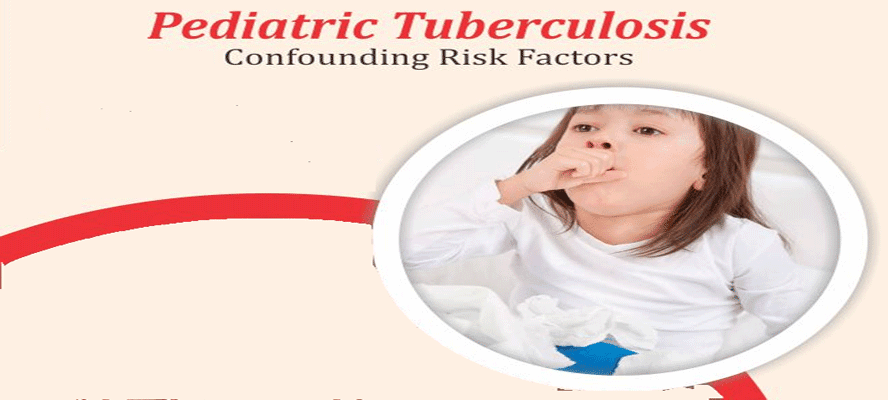Standing as Nation Against TB! Despite these challenges, it is clear that improvements in diagnostics are driving a feedback loop in Indian health care. The promise of improved tests drives their uptake, their uptake results in better health outcomes, improved outcomes attract more funding for health care systems and better- funded systems are an incentive to the development of even better technologies. We are particularly optimistic about the potential role of our government in the execution of the strategy and implementation. We now have the capacity to develop low-cost generic or novel assays adapted to local framework and incorporate that scale-up in both, National Tuberculosis-Control Programs and private laboratories, supported by a successful public-private partnership. It would not be wrong if we say, that if we tackle our own TB problems successfully, the elimination of TB by 2025 might become a reality!








